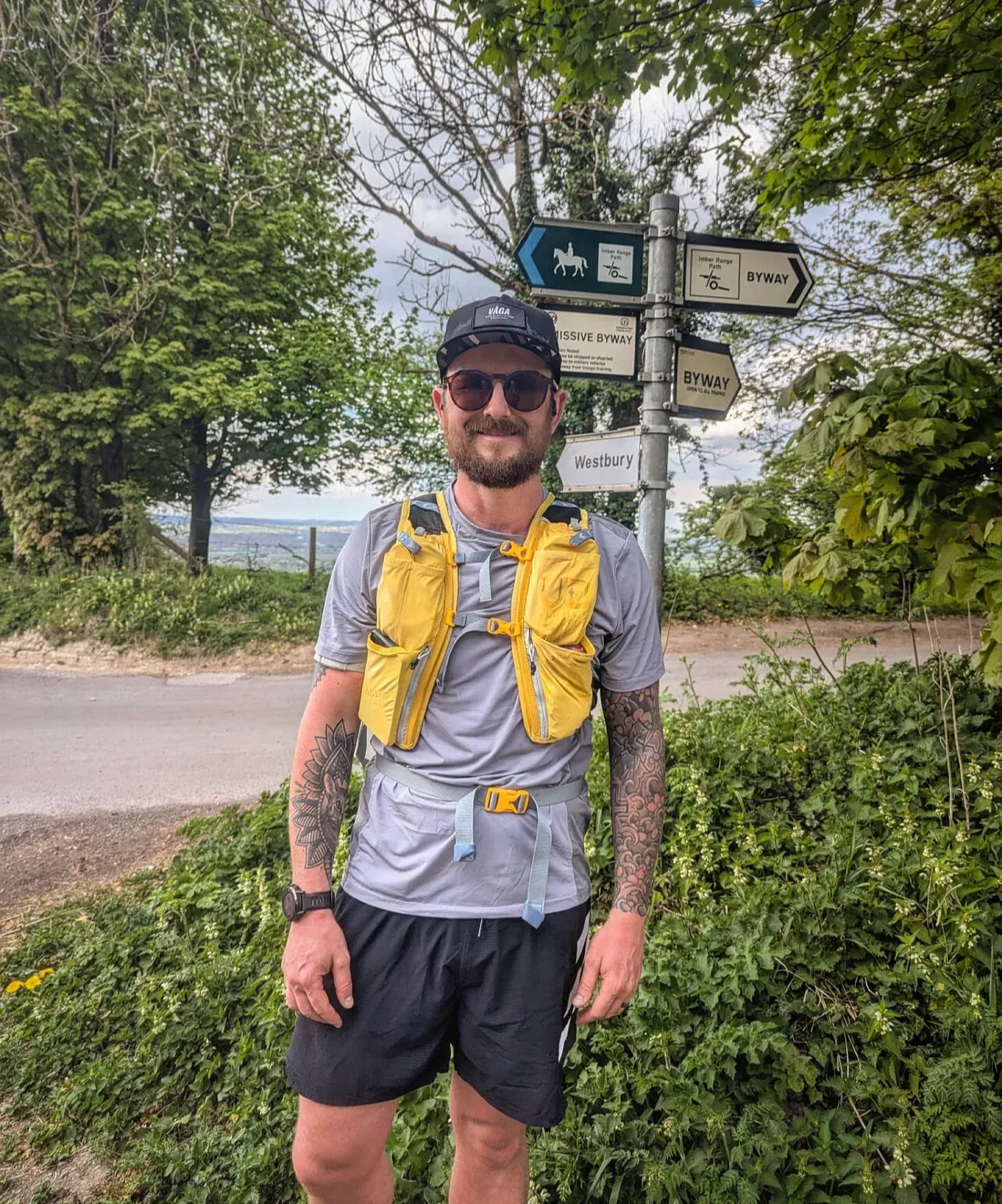Running News Daily
Running News Daily is edited by Bob Anderson. Send your news items to bob@mybestruns.com Advertising opportunities available. Train the Kenyan Way at KATA Kenya and Portugal owned and operated by Bob Anderson. Be sure to catch our movie A Long Run the movie KATA Running Camps and KATA Potato Farms - 31 now open in Kenya! https://kata.ke/
Index to Daily Posts · Sign Up For Updates · Run The World Feed
Why more runners are making the leap from 5k to 50k and beyond
In the not-so-distant past, ultramarathons were seen as the extreme edge of running—reserved for a rare breed of hardened athletes who thrived in pain caves and ran through mountain storms for fun. But something is changing.
Across the globe, more everyday runners are stretching beyond the familiar finish lines of 5Ks, 10Ks, and marathons to take on the once-daunting 50K. What used to be a niche goal is becoming a natural next step.

What’s Driving the Ultra Boom?
Social media has played a role, sure. So has curiosity. But at the core, it’s about something deeper.


“After I ran my first marathon, I thought that was the pinnacle,” says 37-year-old Julie Ramos, who recently completed her first 50K on the trails outside Asheville, North Carolina. “But a friend talked me into trying a 50K, and it unlocked something I didn’t expect. It wasn’t just harder—it was more meaningful.”

Runners are discovering that going longer doesn’t necessarily mean going faster—it means going deeper. Trail ultras, in particular, emphasize patience, community, and adaptability over raw speed.
From Speed to Sustainability
Unlike the highly structured splits of road races, ultramarathons invite a different rhythm. Walk breaks are expected. Aid stations offer more than water and gels—they serve up peanut butter sandwiches, broth, and even slices of watermelon. The vibe is supportive, not competitive.
“There’s a psychological shift,” says Bob Anderson, founder of My Best Runs. “Many runners are drawn to ultras not because they’re chasing a PR, but because they want to test their limits in a new way. There’s a freedom in going long.”
Making the Leap: What to Know
1. Mileage Must Rise Slowly: You don’t go from 5K to 50K in a month. Most runners build over 6 to 12 months, increasing their long runs gradually and incorporating back-to-back long days on weekends.
2. Fueling Is a Skill: Unlike a 10K, you can’t get through a 50K on water and grit alone. Learning how to eat during your run—without upsetting your stomach—is essential.
3. Recovery Is a Priority: Because weekly mileage often exceeds marathon training, recovery—sleep, stretching, rest days—is no longer optional. It’s the foundation.
4. Your Mind Is Half the Battle: Many first-time ultrarunners say the final miles are more mental than physical. Developing mental strategies (mantras, visualization, focusing only on the next aid station) is key.
The 50K as the Gateway Ultra
The 50K, just over 31 miles, has become the entry point for most new ultrarunners. It’s a logical step from the marathon, with just 5 more miles—but those extra miles often take place on trails, where terrain and elevation replace city streets and cheering crowds.
“There’s something raw and pure about it,” says 29-year-old Aaron Cho, who finished his first trail ultra last month in Utah. “It feels like running stripped down to its essence.”
Final Stride
Ultras aren’t just about distance—they’re about rediscovering your relationship with running. As more 5K and 10K runners look for new goals, the 50K offers a powerful alternative to racing faster: running farther, with purpose.
And for many, that’s exactly what they’ve been looking for.
by Boris Baron
Login to leave a comment




